Review: Motorola i886
Jan 26, 2011, 11:06 AM by Eric M. Zeman
Motorola's i886 runs on Sprint's iDEN network and offers both a physical QWERTY keyboard and a semi-rugged design. There's also the Android-like operating system to make things interesting.
Form
Is It Your Type?
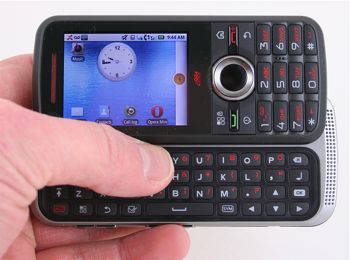
Ruggedized PTT-capable handsets that have QWERTY keyboards are few and far between. It's because of their scarcity that Motorola cooked up the i886, a new sideways slider that offers protection against daily abuse and a full physical keyboard for easier messaging tasks. Does this combination really make for the killer device some users want? Phone Scoop finds out.
Body
My first impressions of the Motorola i886 were not good ones. The phone is bulky, feels a bit awkward to hold, and the slider mechanism is extremely loose. This leads the top half of the i886 to wobble to and fro, which makes the device feel weak and not rugged at all. There are buttons everywhere. It seems that no matter where you grip the i886, you're pressing something inadvertently. It also feels cheap. The back surface, covered in a soft-touch paint job, feels nice against your palm, though. Will it fit in your jeans pocket? Sure, but the bulk will be noticeable.
The front of the i886 features a full 12-key dialpad with a d-pad and other controls perched between the number pad and display. The number keys have a good shape to them and are easy to find, but have terrible travel and feedback; they barely move. The controls surrounding the d-pad aren't much better. There are three buttons on each side of the d-pad. The send/end keys protrude up from the surface, making them easier to find. The travel and feedback of all six of these keys is miserable, though. The d-pad is barely better. The keypad and controls are small enough so that they can't be used with gloved hands.
Motorola put the volume toggle on the left side of the i886. These buttons are easy to find and use, but feel amazingly cheap and plastic-y. Same goes for the large PTT button below it. On the right side, Motorola was kind enough to include a dedicated camera button. The port for microUSB cables is next to the camera button. It is covered by a small plastic hatch that requires the use of your thumbnail to peel off. The i886 has a speakerphone key placed on the top edge, and a 3.5mm headset jack sits next to it. The jack is also protected by a hatch.
The slider mechanism is loose enough that it is easy to open and close the i886 with one hand. There is a little bit of spring assistance, but it isn't really necessary. In fact, it's loose enough that you can snap the slider open by flicking your wrist. When open, the i886 offers a four-row keyboard. They keys have minimal shape to them, but there's enough so that your thumb can tell when it has moved from one key to the next. The keys are covered in a grippy soft-touch surface. I didn't care for the typing feel of the keyboard, though, as the letter keys suffer from the same minimalist travel and feedback issue as the dialpad. The keyboard offers dedicated arrow keys for on-screen navigation, but they are a duplicated effort with the d-pad easily accessible. Thankfully, the period and comma get their own keys, and the keyboard also has a menu key, and a messaging shortcut key.
It's nearly impossible to remove the battery cover without accidentally pressing at least one button. Be sure to lock the i886 first (press and hold the menu key). The microSD card is accessible without removing the battery.
The Three S's
Screen
The i886 has a 2.2-inch display with 240 x 320 pixels. It fits right in with the current crop of quick messaging devices using the same form factor. Text, icons, and other imagery looked pretty good on the display, though some ragged edges were visible from time to time. Brightness was reasonable for indoor performance and out. Colors became washed out when outside, but it was still easy enough to see what you were doing. The only task that was really affected by sunlight was the camera. It became nearly impossible to use when outdoors.
Signal
The i886 is an iDEN device. It doesn't offer CDMA connectivity at all. It scored well on signal tests. It nearly always had five bars of iDEN service. Sprint's iDEN network was readily available everywhere I went with the i886 in tow. The only time I noticed the signal drop was when deep inside large buildings or in basements. Otherwise, the i886 was always connected. It never dropped a call, nor did it miss any calls during my review period. It was able to use the iDEN network for data as well as voice services, but data via iDEN is horrendously slow. It really stinks that this phone doesn't have Wi-Fi, as that would solve some of the problems I encountered.
Sound
The i886 has a capable earpiece speaker when it comes to volume; conversations are easily heard in loud environments. However, they aren't necessarily comprehensible; there was always a nasty background hiss present during voice calls. I couldn't understand what the heck people were saying sometimes. Other than the hiss, there wasn't anything amiss with voice calls. I didn't notice interference or anything such as that. Call quality is slightly better via the speakerphone. The volume it provides is substantial, and the hiss seems to be somewhat less present. Set to high volumes, the speakerphone will distort a bit. PTT calls sounded about the same as standard voice calls. The vibrate strength was good.
Battery
The i886 provided very good battery life. The phone easily worked its way through two full days, with a few hours of use left for day three. You can probably get away with leaving the charger home if traveling for the weekend, but any longer than that and I'd bring it along just in case.
Basics
Menus
The i886 technically uses a special version of Android, but it's so customized and stripped-down that you shouldn't think of this as an Android phone.
Let's start with the fact that the i886 is not a touch phone. (For feature phone users, this won't be much of an issue.) But then consider that it has almost zero Google apps (not even GMail) and can't run any third-party Android apps. It can only run Java (J2ME) apps. So basically, it's not "an Android smartphone"; It's a feature phone that just happens to be powered by Android behind the scenes.
Well, not entirely behind the scenes, because if you've used Android, the interface on the i886 will look very familiar. The i886 has three home screens. Just as with an Android phone, these three screens can be populated with apps, shortcuts, widgets, folders, and other content. Using the d-pad to navigate from screen-to-screen wasn't a big deal, but because it looked so much like Android - which I'm accustomed to - I often found my thumb reaching up to press an icon to launch an app rather than using the d-pad.
The main menu (and even the icons) appear exactly as they would on an Android handset. The settings menu also looks and works identically to what's available on Android handsets. The one area where it differs a bit is how the notification shade and secondary menu actions work.
The notifications are accessed via a dedicated "alert" key that is next to the d-pad. Pressing it pulls down the notification shade, allowing you to check for missed calls and other alerts. The one sticky point with it is that it doesn't allow you to clear all the alerts. In fact, there's no way to clear the alerts at all.
For what boils down to a non-touch version of Android, I found the i886's menus to be easy to navigate and use. It feels like a much more capable operating system than what might otherwise be used on a feature phone.
It is also a bit on the slow side. The OS will pause a bit before reacting to button presses. This gets old quickly, and led to a lot of cursing on my part.
Calls/Contacts
Calls
Making calls from the i886 is much like making calls from an Android phone with the added bonus of a real dialpad. The software dialpad that appears on the display of most Android phones is simply gone, but the other three tabs (History, Contacts, Favorites) remain. Perhaps the biggest change is the addition of DirectConnect items to the i886's calling menu. Other than that, it offers all the same tools found in Android, including adding lines to the call, sending it to Bluetooth, etc.
Contacts
No real change here in the behavior and/or function of the contacts application compared to Android, but Gmail users will need to do a little extra work. In order to sync Gmail contacts to the i886, you have to set up Gmail as an Exchange account. Once you do so, the i886 will import all your Gmail contacts. (Be warned, the first sync is going to take about an hour!) After that, it is smooth sailing.
Messaging
The i886 offers text, picture, and video messaging along with email. The SMS/MMS functions are taken care of handily by the typical Android messaging application. The i886 offers threaded messaging, and any media attached to messages displays in-line with the associated text.
The i886 skips the native Gmail application and instead has the general Android email application for POP3/IMAP4 and Exchange accounts. I was able to set my Gmail up using Exchange. The i886 won't deliver email in real-time, however. The most frequently it can check is once every 15 minutes. It doesn't come close to matching the Gmail application on Android devices, but it kicks the pants off what you'd get on any other comparable feature phone. The email program handles attachments with ease, and offers just enough options to make users happy.
There is no instant messaging option installed out of the box. There are a couple of options available from the GetJar app store, which is installed on the device.
The same goes for social networking. There are no social networking apps pre-installed. You can go to the GetJar app store and poke around for some social networking stand-ins, but the i886 doesn't support anything like native Facebook or Twitter for Android. I found a good solution was to use the mobile versions of the Facebook.com and Twitter.com through the i886's browser.
Extras
Media
Music
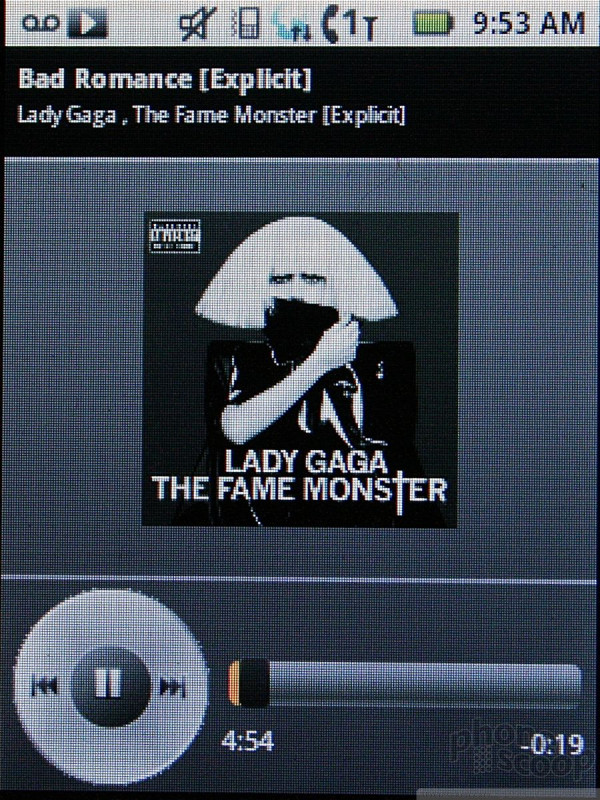
The i886 offers an unmolested version of the basic Android music player application. The user interface and behavior are identical to what we've seen on Android handsets for years. The i886 offers no new features to speak of, but does offer the same ones you'd see on an Android device (party shuffle, use as ringtone, etc.)
One odd bit of behavior: if you start playback, the default action is to play music through the earpiece speaker. You have to push the speakerphone button to get the music to pump through the speaker. Of course, you can also listen via Bluetooth or with your favorite set of headphones with the 3.5mm headset jack.
Video
There's no native video player that I could find, and the music player won't play video files. Sprint's NASCAR and Football applications are both on board, but because the i886 relies on iDEN for its network connection, these apps are worthless. The NASCAR app wouldn't load at all, and the NFL app loaded, but then wouldn't play anything. Why Sprint even bothered loading them I can't say. You won't find a YouTube app, either.
Camera
Camera
The i886's camera is a basic one. It will open with a long press of the dedicated key, or via the on-screen menus. It takes several seconds to open. There's no autofocus and no flash, so when you press the shutter button, it takes the picture almost right away. Once the image is captured, the i886 takes its sweet time saving the image and showing a preview. It seems like an eternity passes before it reverts to the actual camera application. If you're looking for fast action in your cameraphone, look elsewhere.
The tool set for adjusting the i886 is also minimalistic. Users can adjust the resolution, scene (type of light), and effect, but that's about it. Thankfully, these can all be altered by using the d-pad and don't require users to go fumbling through the camera settings menu.
Gallery
The i886's photo gallery is a simple grid. The appearance of the gallery app itself can't be adjusted, but you can make all sorts of edits to the photos themselves. Using the gallery tools, users can make fixes to color, brightness, and contrast, as well as rotate, flip, crop, and add effects. That's more editing options that many full-blown Android phones offer.
Photos/Video
Photos
I didn't expect much from the i886's 2 megapixel camera, and it didn't deliver much. Most images displayed a lack of sharp focus, and many were saturated in grain. Even the most well-lit subjects failed to really pop or look good. Most users will be happy to share photos via MMS, but I'd think posting images captured with the i886 to Facebook, Flickr or Picasa would be a rare, rare thing.
Video
The i886 can capture QVGA video at 15 frames per second. As with the camera, I didn't have high expectations, and the i886 didn't let me down. Video is stutter-y and full of grain. You'll see blockiness, waviness, and smearing as well. YouTube quality? No. MMS quality? Perhaps.

MPEG-4 format (viewable with QuickTime)
Browse/Customize
Browser
The i886 comes loaded with Opera Mini, not the Android browser. I was pleasantly surprised at the browser's performance. When it came to any sort of action or service requiring network access, the i886 was a nightmare. Browsing the web, thankfully, wasn't half bad in comparison. Opera Mini's compression engine did its job and made for a reasonably good mobile browsing experience for a phone such as the i886. Opera Mini takes some getting used to, but the latest version offers support for tabbed browsing, visual bookmarks, and session syncing with the desktop version of Opera if that's your thing.
Customize
The i886 lets users customize most items that you'd expect, but the faux Android OS adds a lot more flexibility. The i886 supports the same desktop shortcuts that any Android handset does, and this means the user can stick near anything they want on the three home screens. This is very handy.
Extras
Apps
The i886 can't use the Android Market nor apps made for Android handsets, but it can use the Java-based apps in the GetJar app store. GetJar's catalog of apps isn't lacking, and there are thousands upon thousands of apps in there. The problem is that the GetJar store itself is painfully slow to use. Discoverability is a bit of a mess because it just takes too long to accomplish each and every page load. Downloading apps takes what feels like seasons, and if you manage to get an app to download, installing it takes another eternity. The apps are there, but they're tough to find.
Bluetooth
The i886 supports mono and stereo headsets. I was able to use both with no problem. The hissing present during normal voice calls was amplified via Bluetooth, however, making it an ear-straining experience. Music playback sounded decent. The i886 also lets you share photos and such via Bluetooth.
Clock
The i886 has a very Android-like clock front and center on the home screen, but it isn't adjustable like the Android clock is. As far as I could tell, it can be changed at all (i.e., set to digital). It can, however, be deleted entirely from the home screen. Just as with Android devices, when the device is first woken up before being unlocked, the unlock screen shows the time in a nice, large digital format near the bottom of the display.
Navigation
The i886 doesn't support Google Maps, which is a shame. It doesn't leave users stranded, however. TeleNav's GPS and navigation software is on board, and Sprint doesn't charge customers to use it. It works as well on the i886 as it does on any other device I've tested it on. It plots directions, navigates around obstacles, and offers real-time, voice guidance.
Wrap-Up
If you are in the market for a semi-rugged Push-To-Talk phone that offers a QWERTY keyboard, then the Motorola i886 meets those minimal requirements. It offers good battery life and strong signal performance, but voice quality is questionable. The hardware is not as well designed as I'd expect from Motorola, and the keyboard/dialpad both lack the type of feel I want in a phone.
Beyond that, the i886 handles basic messaging (text, video, and email) as well as any feature phone, though it suffers from the lack of social networking and IM. The user interface smacks of Android, which I think translates well to a non-touch based phone. The OS gives users plenty of flexibility and is easy to figure out.
It's a shame that image and video quality were so poor. The i886 beat my browsing expectations handily thanks to Opera Mini.
Though it runs an Android-like OS, it is important to remember that the i886 isn't an Android phone. It is not compatible with any Google services as found on Android devices. Still, for the right crowd, the i886 definitely fills a gap in Sprint's line-up.

Comments
No messages


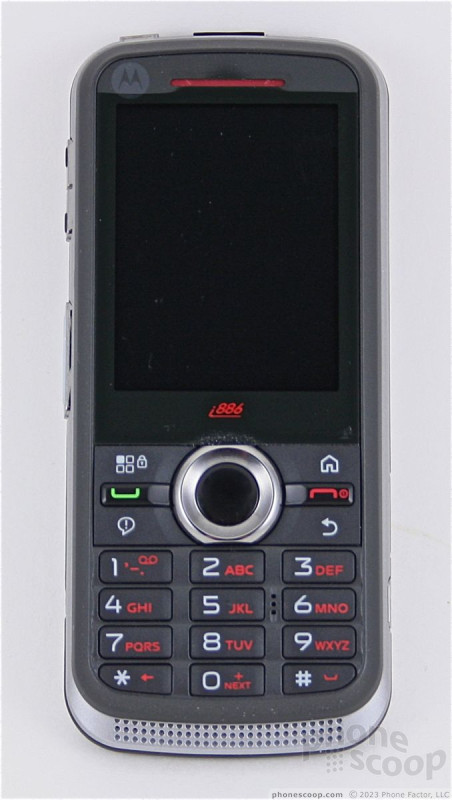










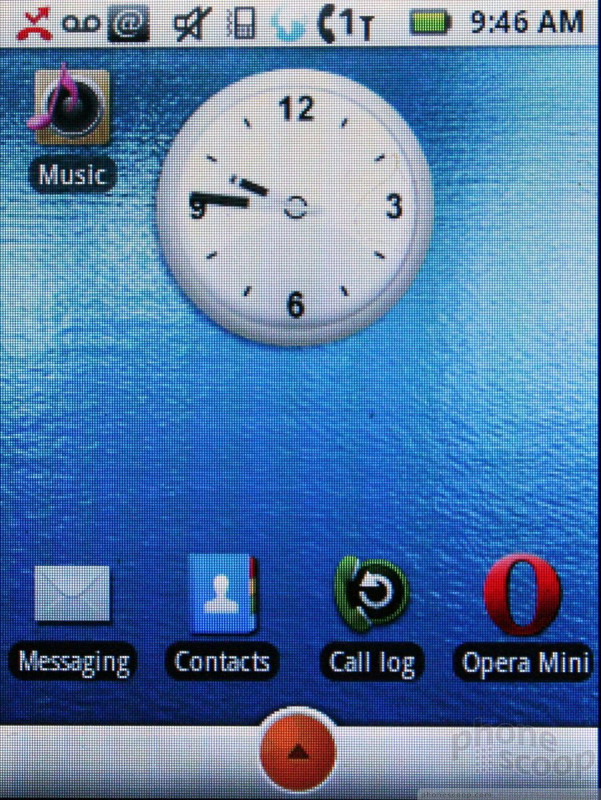




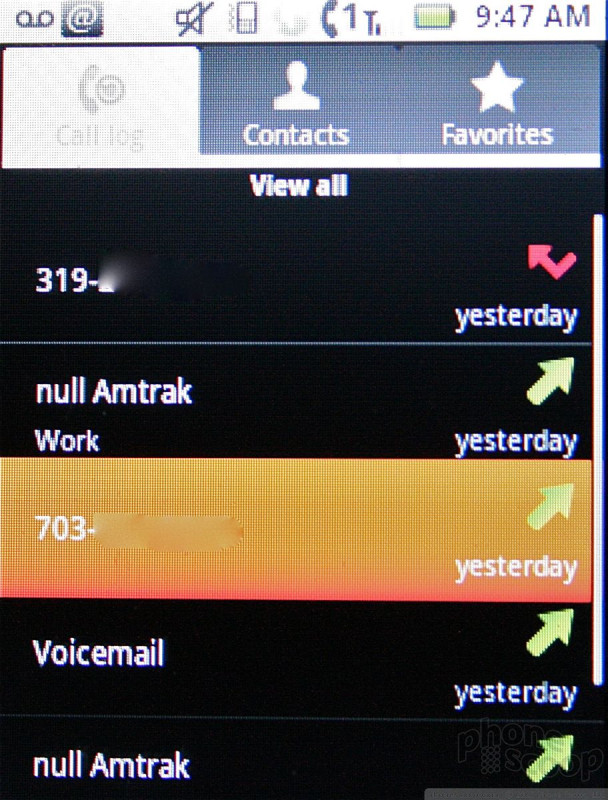



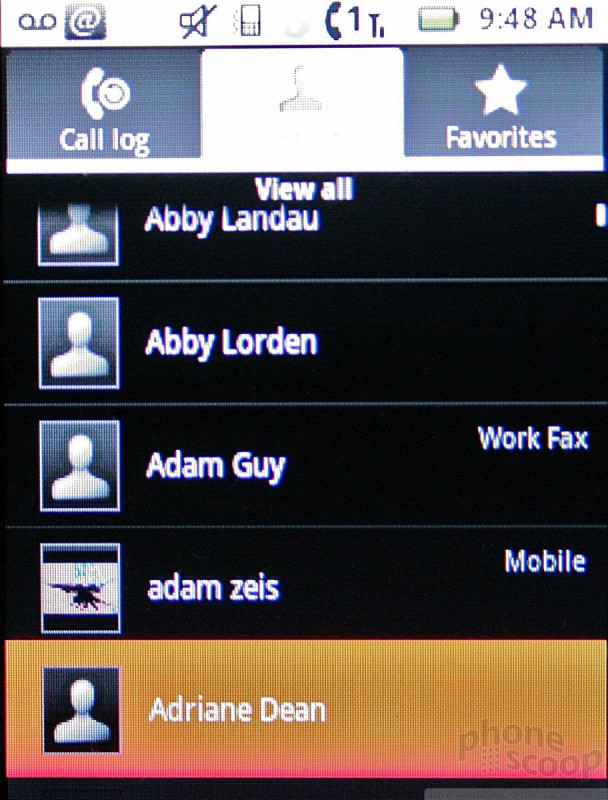




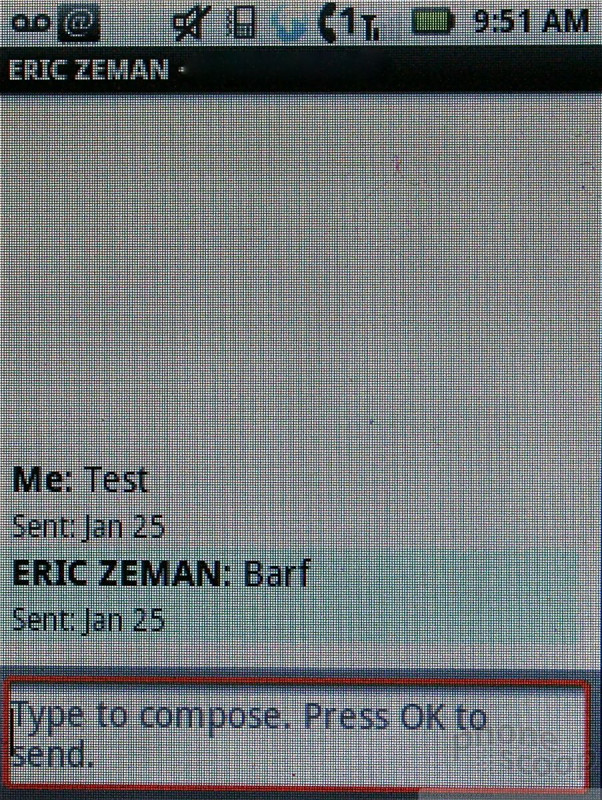



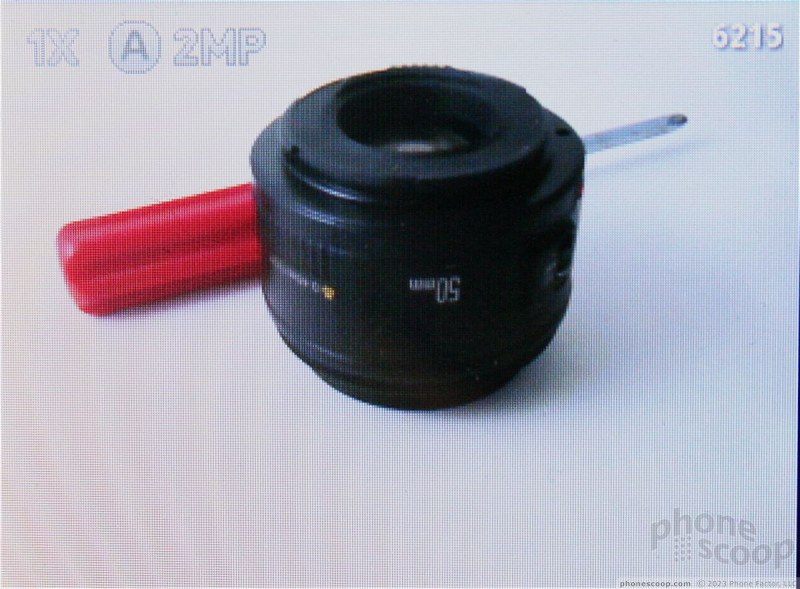



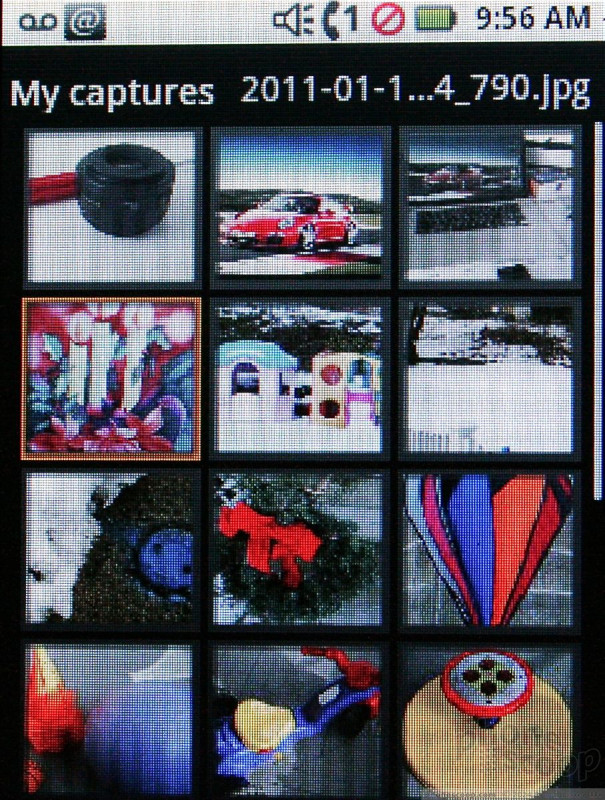



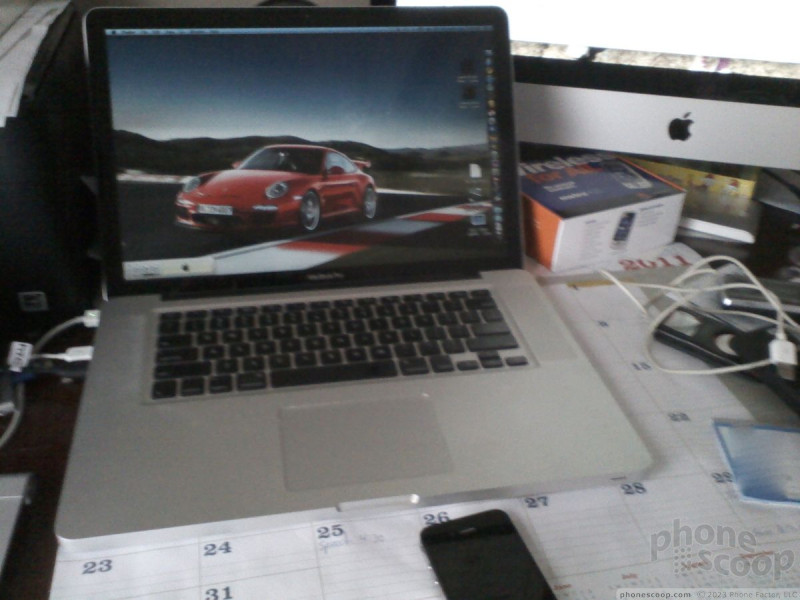











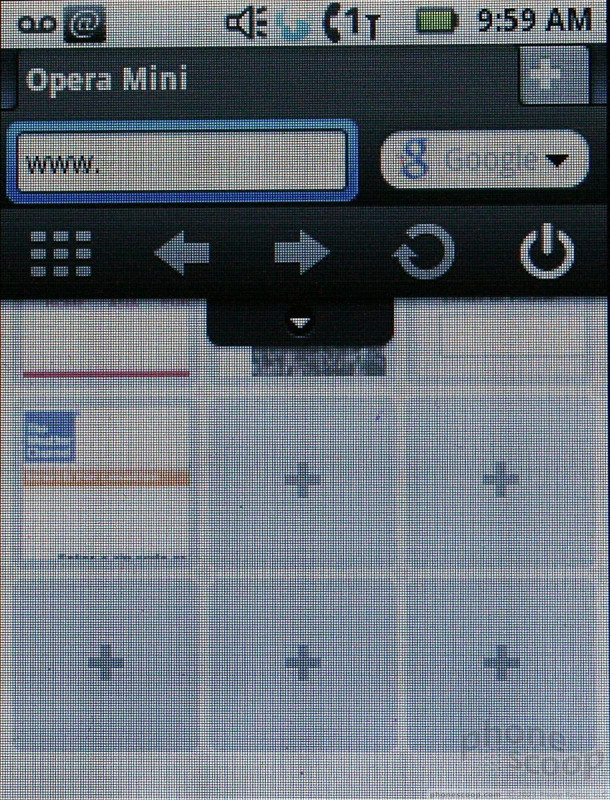



 iPhone 15 Series Goes All-In on USB-C and Dynamic Island
iPhone 15 Series Goes All-In on USB-C and Dynamic Island
 Samsung S24 Series Adds More AI, Updates the Hardware
Samsung S24 Series Adds More AI, Updates the Hardware
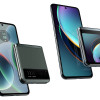 Motorola Gets Serious About Foldables with New RAZR Lineup
Motorola Gets Serious About Foldables with New RAZR Lineup
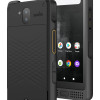 Verizon Continues Updating Rugged Lineup with Sonim XP10
Verizon Continues Updating Rugged Lineup with Sonim XP10
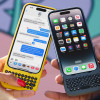 New Case Adds Keyboard to iPhone Pro
New Case Adds Keyboard to iPhone Pro
 Motorola i886
Motorola i886







